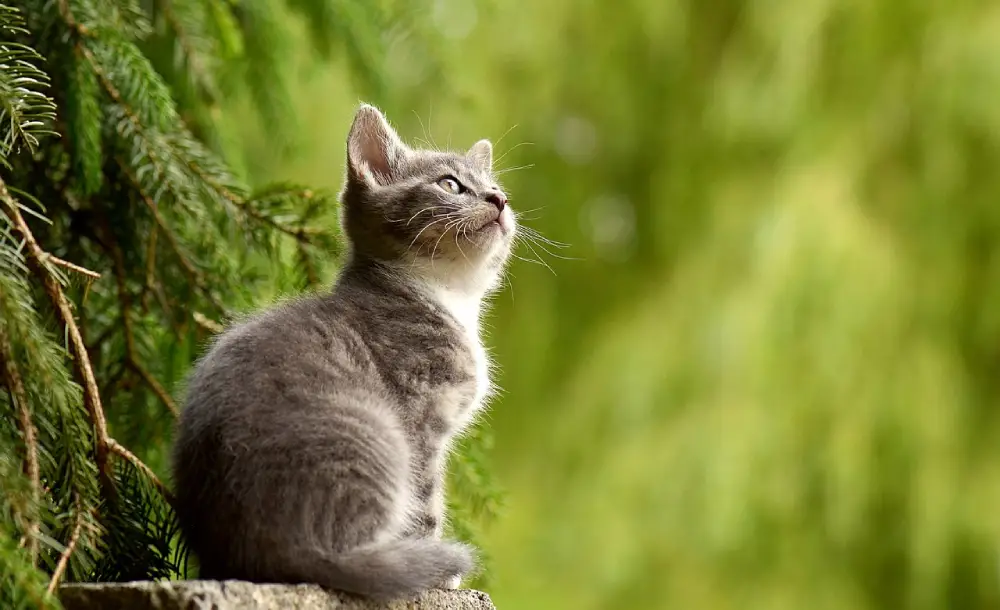Let's begin with that beloved feline sound we all adore - the meow! Initially used by kittens to get their owner's attention, adult cats rarely meow at each other. However, our clever domestic cats have learned that meowing at humans is an effective way to communicate their needs, whether it's for food or affection. Each cat usually has a unique meow, making it easy to distinguish them by their sound.
Purring
Indeed, there's a comforting and soothing quality to the sound of a cat's purr, and you're spot on! A cat's purr typically has a frequency of around 25 cycles per second, believed to possess healing properties. Cats purr when they're content, but they also do it as a self-comforting mechanism, and we, as humans, also benefit from the calming effects of their purrs!
Hissing
Cats utilize hissing as a warning signal, telling whatever or whoever is bothering them to back off. They may hiss at fellow cats during rough play or if one startles another awake. Similarly, they'll hiss at us humans when they've had enough attention or are facing an unwanted bath. Ignoring their hissing may lead some cats to use their claws and teeth, so it's essential to heed their warning and respect their boundaries!
Growling
Growling serves as a clear warning for both cats and people to maintain their distance. A growling cat may accompany this warning with flattened ears, puffed-up fur, and a swishing tail. Hissing may also accompany the growl. If the warning is ignored, a cat might resort to using their claws and teeth. Additionally, growling can indicate pain, so if it occurs when your cat isn't interacting with others, it's advisable to have your vet examine them to ensure their well-being.
Chattering
It's indeed adorable to watch cats stare out of windows and make that distinctive chattering noise. When cats chatter, their lower jaw vibrates, creating a staccato sound. Chattering is typically associated with excitement or frustration, often observed when they spot a bird or something they want to chase but can't reach. It's a delightful display of their natural hunting instincts!
Chirping or Trilling
The cat chirp is an endearing sound that blends purring and meowing. Cats often chirp at their owners when welcoming them home after a day away or expressing excitement about mealtime. Some cats may chirp when called by their owners in the house. No matter the occasion, the cat's chirp is always utterly adorable and a heartwarming way of showing their affection and happiness!
Yowling
Cats typically use this sound to communicate with other cats, often for territorial disputes or as a mating call. When moving to a new house, your cat might yowl as they establish their territory. Another instance you might hear this noise is if your cat is in severe pain, which could be a sign that a visit to the vet is necessary. Being attentive to these vocalizations can provide important insights into your cat's emotions and health.
Caterwauling
Typically, the yowling noise is more commonly heard from female cats in heat, as it serves to attract males. Spayed female cats are less likely to make this noise. If an unspayed female cat starts yowling, it indicates she is in heat, and keeping her safely indoors for a few days is advisable to prevent any unwanted mating.
Screaming
Hearing cats screaming can be a memorable and unsettling experience, fortunately not commonly encountered by most cat owners. Cats may scream when engaged in fights with other cats, using it as a warning before resorting to physical contact. At night, you might hear neighborhood cats screaming at each other when their territories intersect. Female cats may also scream after mating. These intense vocalizations are part of their natural behavior and communication, but they are not commonly heard in the daily lives of indoor cats.





